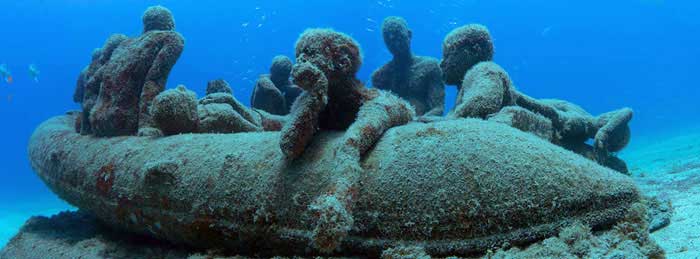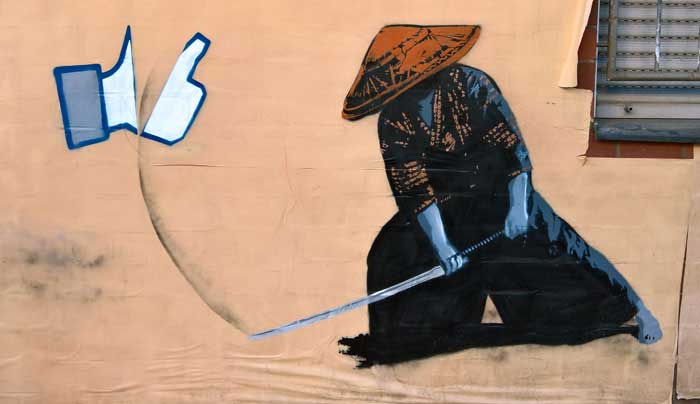British TV screenwriters are known for their wit and humor, one of the reasons their innovative TV shows are taking over the world. Although the British are known as impassive creatures, they know how to make the audience laugh with the sense of humor. What once was restricted to the British population has become a world phenomenon - the English sense of humor. That dry sense of humor that makes use of sarcasm, ridicule, pauses, gestures and very clever catchphrases is fast becoming a global language.
Extras is a British TV comedy that with a high dosage of sense of humor, featuring characters who get themselves into very difficult situations and then struggling to get out of them. One of the strategies behind Extras' success is the big name cameos that make an appearance in the show. Ben Stiller, Robert DeNiro, Clive Owen, David Bowie, Daniel Radcliffe, and Patrick Stewart are among those that make an appearance.
The show focuses on an extra - Ricky Gervais - trying to make it in showbiz, but things usually turn sour for him. On each episode Gervais' character tries to score a line in a scene but fails miserably... for him. It's quite amusing for the audience.
From its humble beginnings as a radio series, Little Britain became a smash hit as a TV show since it aired in 2003. The TV show conquered the British audience with their numerous catch phrases and their success was such that it ended up making its way to North American cable TV.
Created by comedy duo David Williams and Matt Lucas, Little Britain is a sketch show that explores the British Isles through a diverse mix of silly, exaggerated and rude characters.
The reason why Little Britain is so easily consumed by the foreign market is that it showcases Britain for those who are unfamiliar with the country. Although it does not portray Britain in the best light, it does paint a hilarious picture.
Perhaps you've heard Ab-fab, sweetie darling! before, but do you know where that catchphrase comes from? It's one of the famous lines from Absolutely Fabulous. The show focuses on the lives of two posh women desperate to stay young and cool, and that nothing will stop them from attaining it.
The main characters are played by Joanna Lumley - Patsy - and Jennifer Saunders - Eddy - who have since become a national treasure. While most British shows last only a few seasons, the series has been so successful it has run for two decades - 1992 to 2012.
Despite the show's several seasons, the audience was left wanting more and they took the show to the big screen with the release of Absolutely Fabulous: The movie.
While the movie featured an impressive sixty cameos, ranging from supermodels to comedians, the two main characters continue to be the centre of attention.
One of the top British exports is unarguably Mr. Bean. Who doesn't know about this awkward hilarious character? His fame is surprising giving that Mr. Bean is nearly a silent character. Most of the shows success stems from the actor Rowan Atkinson's physical humor.




